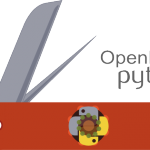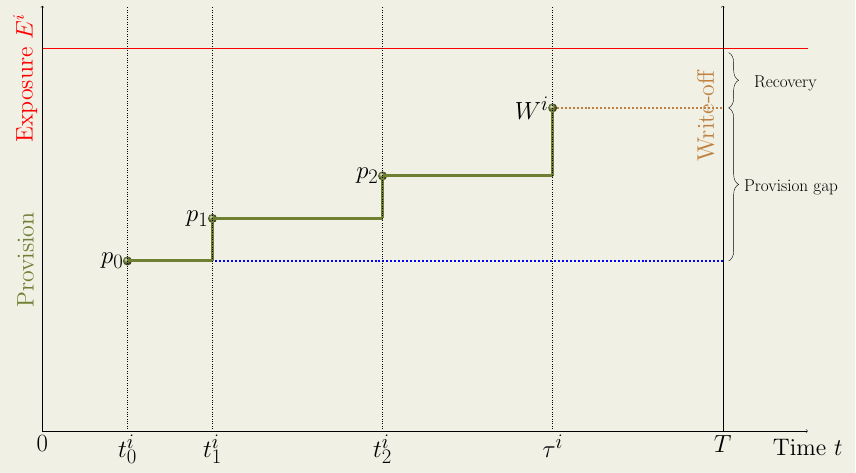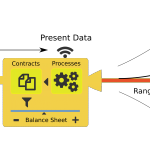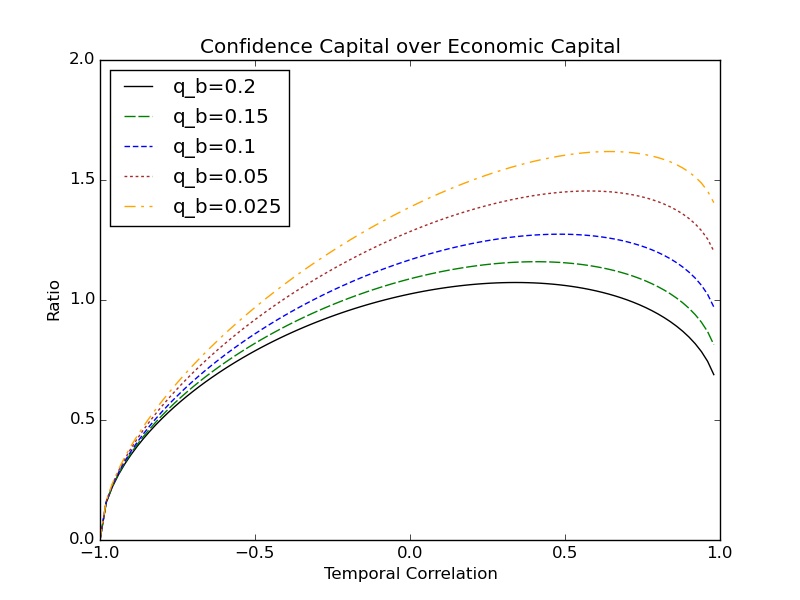
Loan Level Templates Using Python
Loan Level Templates Using Python
Loan Level Templates Using Python
In this Open Risk Academy course we figure step by step how to use python to work with Loan Level Templates, using the ECB SME template as an example.
- Overview of the loan level template
- Manipulating spreadsheets with Python
- The Python Dictionary
- Organization of Portfolio Data
- Generating Test Portfolios
Get an Open Risk Academy account and get started with the course here





